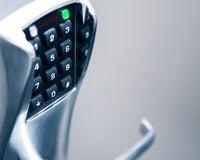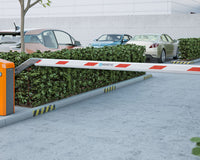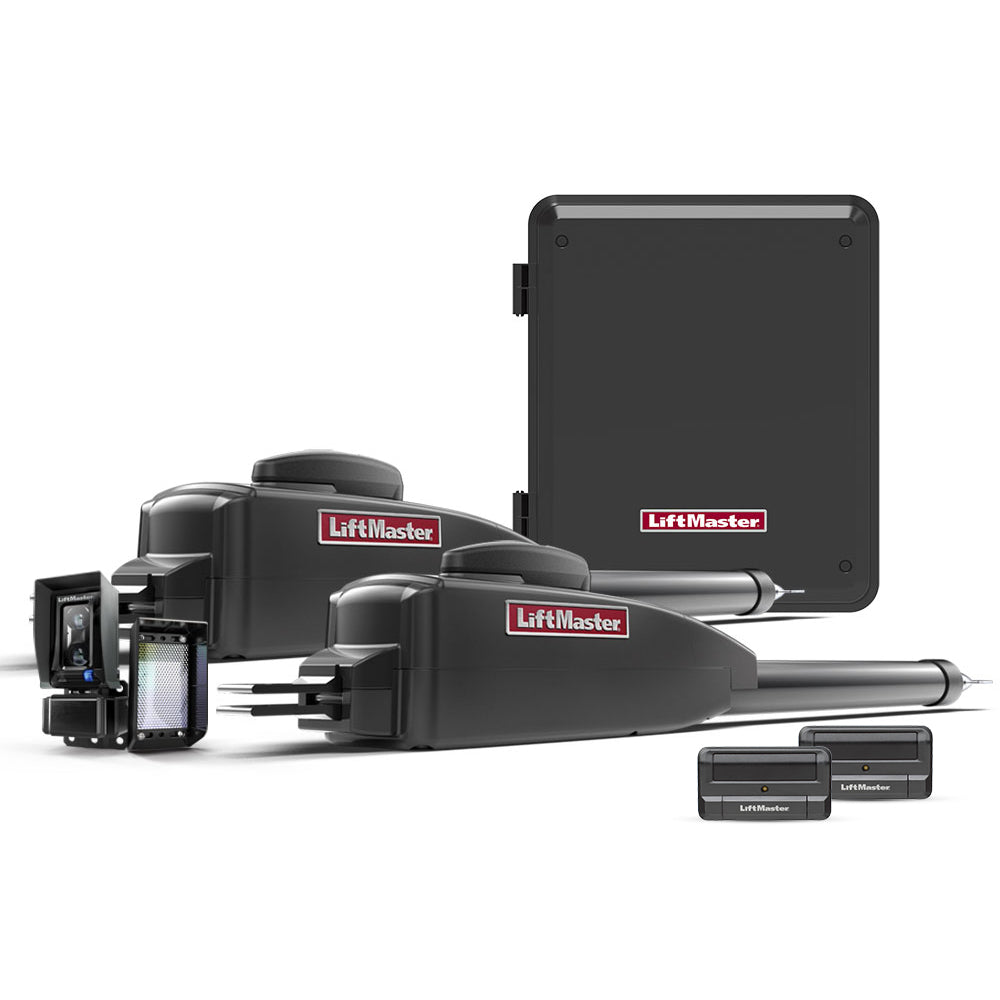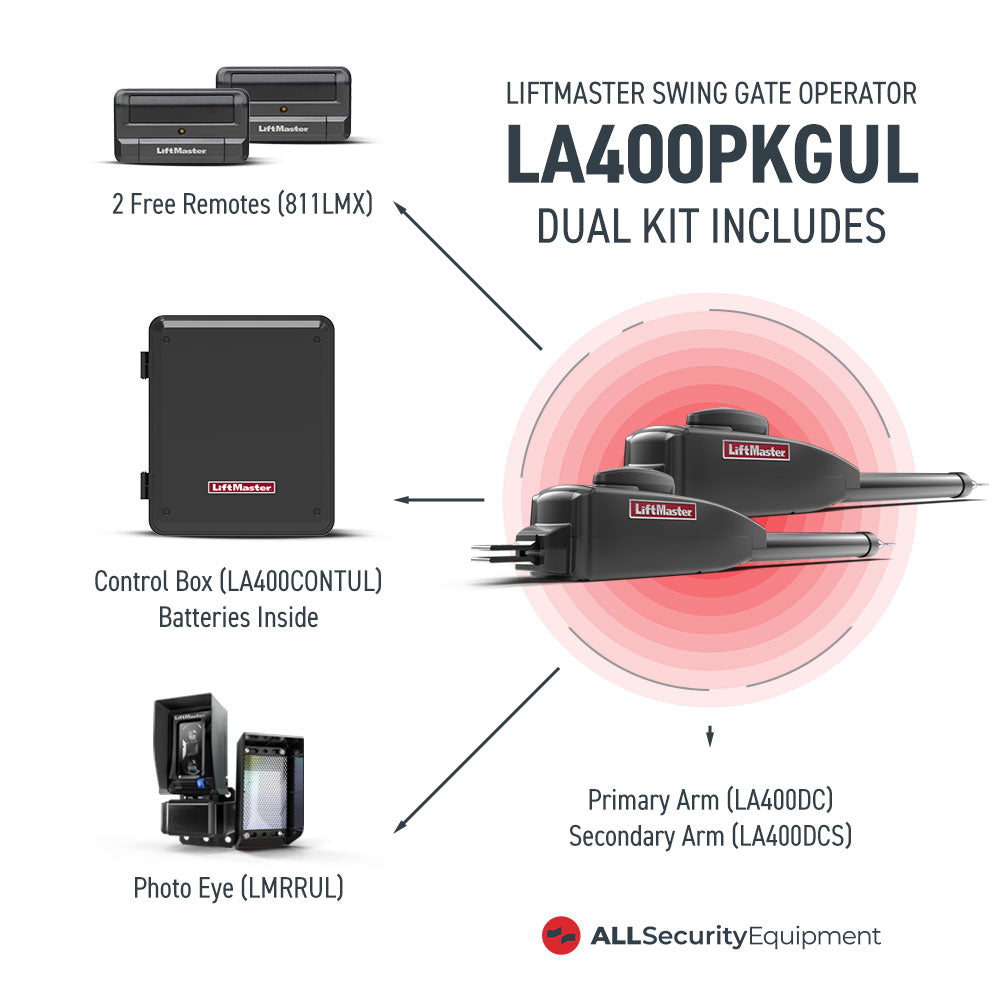Loop detection is an important safety feature in automatic gate systems that detects the presence of vehicles and objects using sensors or loops placed under the ground near the gate.
When a vehicle passes over the loop, it creates a disturbance in the magnetic field, which triggers the gate to open or close automatically. The loops consist of wires wrapped in a coil that generates a magnetic field and detect metallic objects that come within range.
By following the simple principles outlined in this guide, you can ensure the proper functioning of your gate's loop detection system for years to come.
Some Common Loop Detectors for Your Gate System
Several types of loop detectors are available for gates, each with advantages and disadvantages.
Single Channel Loop Detectors
Single channel loop detectors are the most basic type of loop detector available. They consist of a single loop of wire and a detector unit.
These detectors are ideal for single-lane gates or small entrances where only one vehicle or pedestrian passes at a time. They are easy to install and require minimal maintenance. However, they are less sensitive than other types of loop detectors and can be prone to false detections.
Dual Channel Loop Detectors
Dual channel loop detectors have two loops of wire installed side by side. This type of detector is ideal for use with dual-lane gates or entrances with heavy traffic flow.
The two loops are set up to allow the detector to differentiate between vehicles passing over one loop and those passing over both loops. This makes the detector more sensitive and reduces the likelihood of false detections.
Multi-Channel Loop Detectors
Multi-channel loop detectors are designed to handle complex gate automation systems that require multiple loops and different detection zones. These detectors can handle up to four or more loops of wire and detect vehicles in each zone.
They are suitable for use in high-traffic areas, such as parking lots, toll booths, and industrial sites. Multi-channel loop detectors are more expensive than single or dual-channel detectors, but their versatility and accuracy make them a worthwhile investment for larger gate automation systems.
Smart Loop Detectors
Smart loop detectors are the latest type of loop detectors available. They use advanced algorithms and microprocessors to analyze the electromagnetic signals generated by the loops of wire.
This allows them to distinguish between different types of vehicles, such as cars, trucks, or motorcycles, and adjust the gate's opening and closing times accordingly. Smart loop detectors are ideal for use in high-security areas, as they can detect and track the movement of individual vehicles and provide detailed reports on gate usage.
Step-By-Step Guide for the Working of Loop Detection in Gate Systems
Regularly check for wire loop damage and correct connection to the control system to ensure proper functionality. Avoid metal objects and construction work near the loop. A gate technician should inspect and repair any issues to ensure proper security and functionality.
By maintaining your loop detection system, you can enjoy convenient access to your property while keeping unwanted visitors out.
How Loop Detection Works in a Gate System: 5 easy steps
Loop detectors use an electromagnetic field to detect vehicles passing through the gate system. Here are the steps involved in how loop detection works in your gate system:
Step 1: Loop Installation
The installation process starts with surveying the site to determine the location of the loop. The loop is typically installed in a driveway or access point where vehicles enter or exit the property. After locating the area, a saw blade creates a slot in the ground, and the wire loop is placed inside.
The loop is a wire buried in a slot cut into the ground. The slot is usually 1/8 inch wide and 2 inches deep. The loop is typically made of a 16-gauge wire, and its size depends on the size of the area to be monitored. A larger area requires a larger loop.
The wire loop is usually made of a durable material such as copper, and it is important to ensure that it is not damaged during installation. The slot is then filled with an epoxy or hot tar sealant to protect the loop from damage.
Step 2: Loop Configuration
After the loop is installed, it is connected to the control unit through a conduit. The conduit protects the wire from damage and is usually buried underground.
The control unit is responsible for processing the signal from the loop and sending a signal to the gate operator to open or close the gate. The loop is connected to the control unit using a low-voltage wire, and it is important to ensure that the connections are secure and properly insulated to prevent interference.
Step 3: Calibration
The calibration process involves adjusting the sensitivity of the loop to detect vehicles but not small objects such as bicycles or pedestrians. The sensitivity is adjusted by changing the frequency and amplitude of the signal sent through the wire loop.
The calibration process usually involves adjusting the sensitivity levels on the control unit using a handheld meter. The sensitivity should be set to a level appropriate for the size of the monitored area and the types of vehicles that will be detected.
It is important to note that the sensitivity may need to be adjusted periodically as environmental conditions such as temperature and moisture can affect the system's performance.
Step 4: Testing
The testing process is crucial to ensure that the system is working properly. A vehicle is driven over the loop during the testing process, and the system's response is observed.
If the system detects the vehicle, it should signal the gate operator to open it. If the system does not detect the vehicle, the sensitivity should be adjusted, and the testing process should be repeated.
It is important to test the system periodically to ensure it continues functioning properly.
Step 5: Maintenance
Maintaining the loop detection system is important to ensure it continues functioning. Maintenance involves inspecting the wire loop for damage, checking the connection between the loop and the control unit, and ensuring the system's sensitivity is still set to the appropriate level.
It is also important to clean the area around the loop to prevent dirt and debris from interfering with the system's operation. Regular maintenance can help extend the life of the loop detection system and prevent costly repairs or replacements.
Loop Detectors
Loop detection in gate systems is vital for security by detecting vehicles or objects in a designated area. We have listed the easiest and quickest way to learn how loop detection works without any hassle. Carefully follow these steps to install loop detectors, and you will be good to go!
Should you have any further questions or concerns regarding loop detection systems or any other security equipment, do not hesitate to contact All Security Equipment. We are here to assist you every step of the way.












